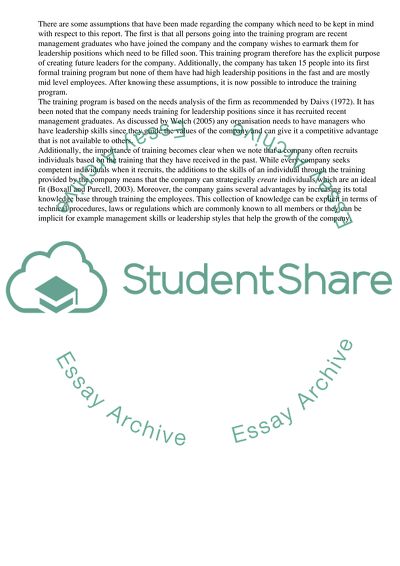Cite this document
(Business Training Program Report Example | Topics and Well Written Essays - 2500 words, n.d.)
Business Training Program Report Example | Topics and Well Written Essays - 2500 words. https://studentshare.org/business/1712448-business-training-program
Business Training Program Report Example | Topics and Well Written Essays - 2500 words. https://studentshare.org/business/1712448-business-training-program
(Business Training Program Report Example | Topics and Well Written Essays - 2500 Words)
Business Training Program Report Example | Topics and Well Written Essays - 2500 Words. https://studentshare.org/business/1712448-business-training-program.
Business Training Program Report Example | Topics and Well Written Essays - 2500 Words. https://studentshare.org/business/1712448-business-training-program.
“Business Training Program Report Example | Topics and Well Written Essays - 2500 Words”. https://studentshare.org/business/1712448-business-training-program.


